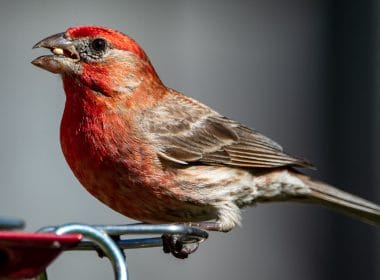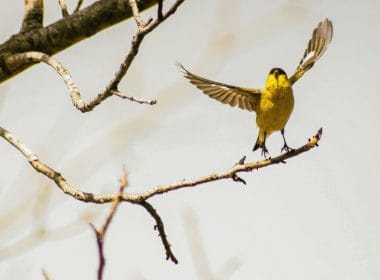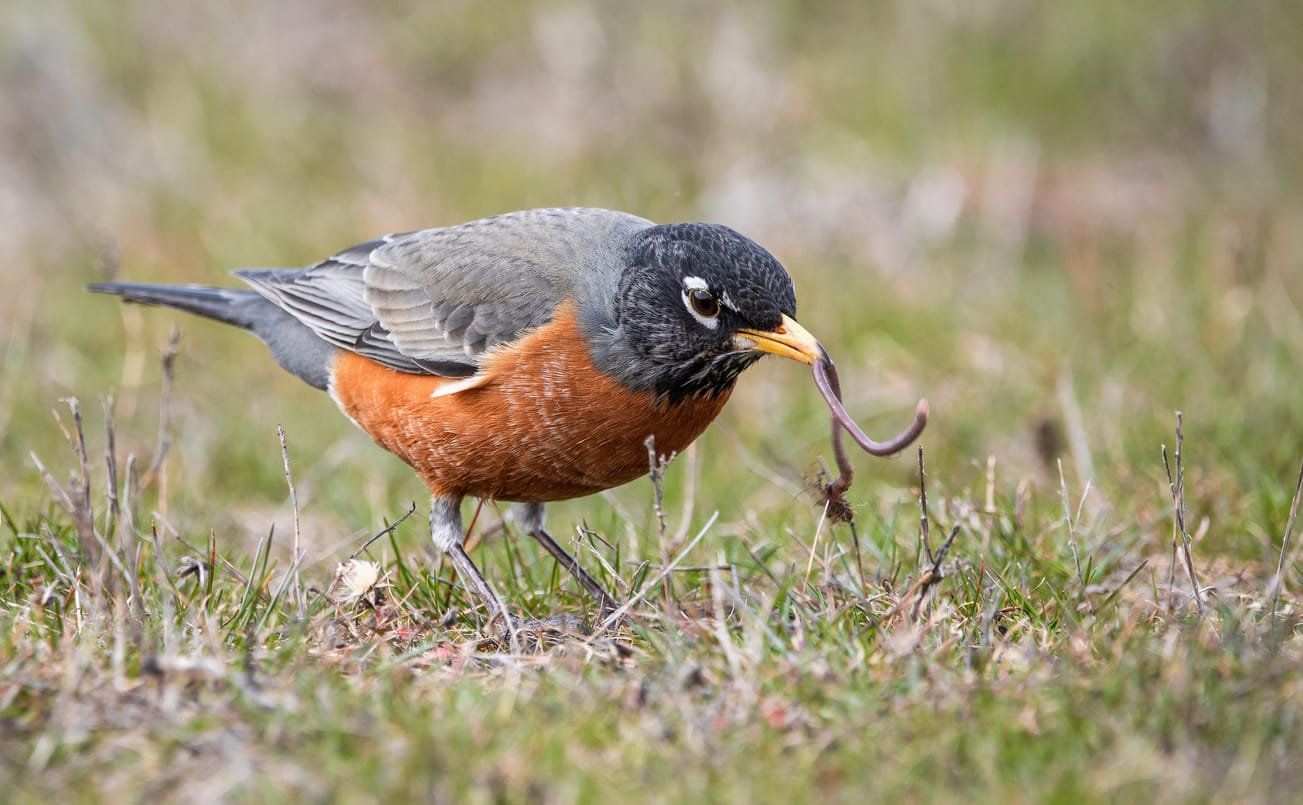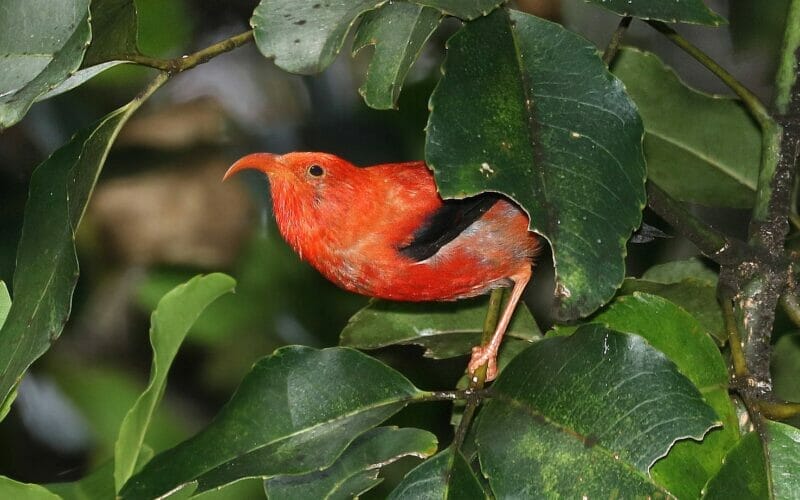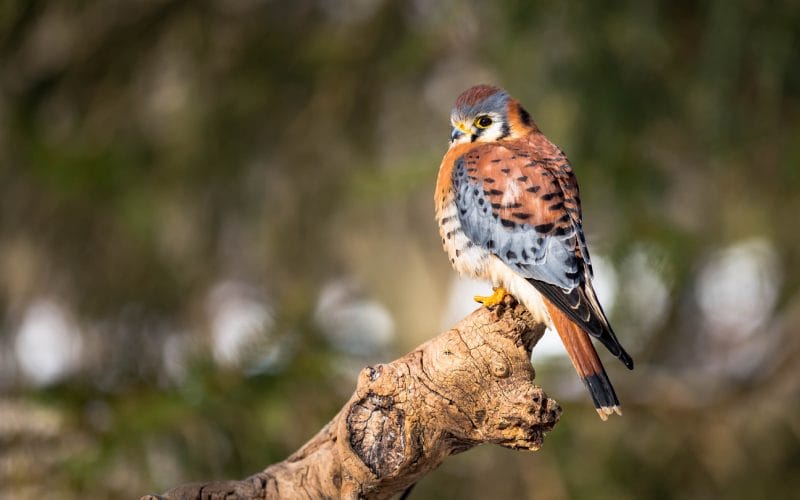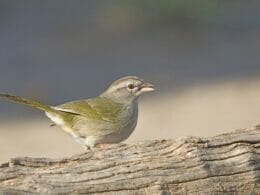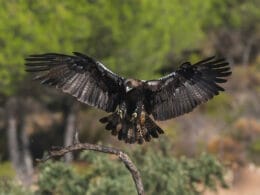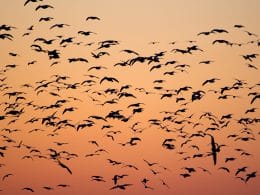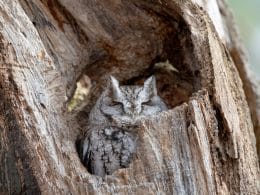When we think of the American Robin, we think of it tugging at worms on the lawn or sitting up and singing. It is a benign and gentle picture but is there another side to the American Robin.
The robin is territorial, whilst a small and curious bird, they can also be extremely protective and act aggressively towards birds that step into its grounds. It is quite normal to see robins acting aggressively towards other small birds and it is actually thought that the red breast of a robin might be an evolutionary feature to help it protect against territorial invaders. Below we delve deeper in to the robin, to help further understand why a robin is so territorial.
The Life of the American Robin
Identification
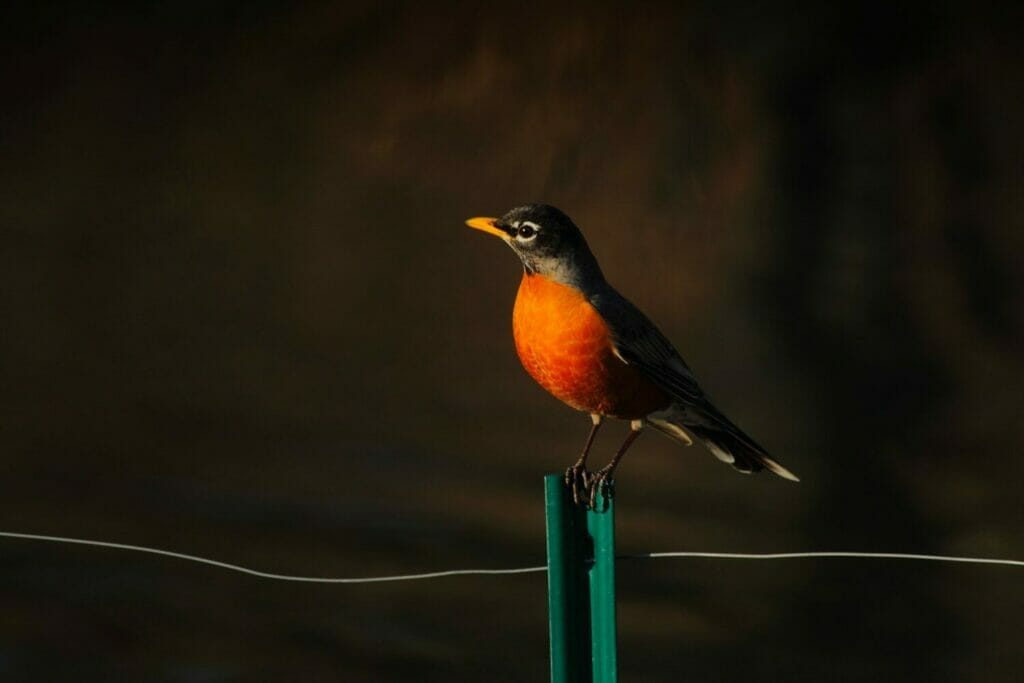
The American Robin is larger than the European Robin, after which it is named. It is a member of the Turdidae thrush family and if you just look a the shape of it, it does look like a thrush. It’s bright coloring is different to most other thrushes, however, with a bright red orange breast. The back, legs and wings are dark and the head is punctuated with a broken white eye ring. The bill is yellow.
Size
- Length: 7.9-11.0 in (20-28 cm)
- Weight: 2.7-3.0 oz (77-85 g)
- Wingspan: 12.2-15.8 in (31-40 cm)
Range
The American Robin is really an Americas robin as it is widespread from Alaska and Canada to Southern Mexico. The dark purple on the eBird Range Map below shows that it has concentrated populations across the continent.
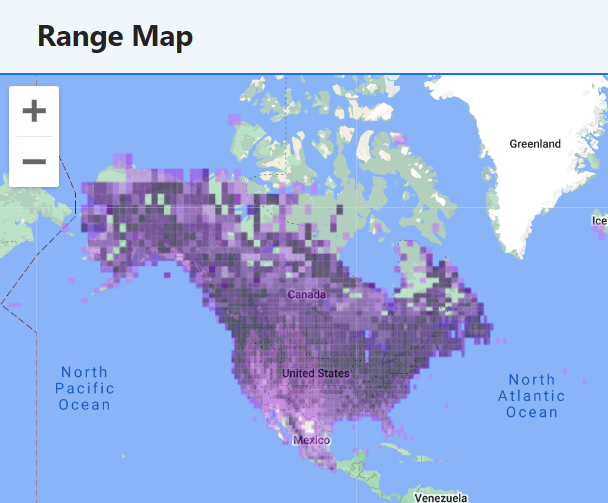
Migration and Movements
The Migration Map below shows that the American Robin spreads into Canada and Alaska to breed during the summer months. While it shows that there are non-breeding birds in the southern areas of the United States, there is not necessarily a correlation between them and the breeding birds in the north.
The whole population of American Robin may move around throughout the central part of the map during the year. Hence, birds breeding in Canada move south to northern parts of the United States and those birds, in turn, move south to southern states, and so on.
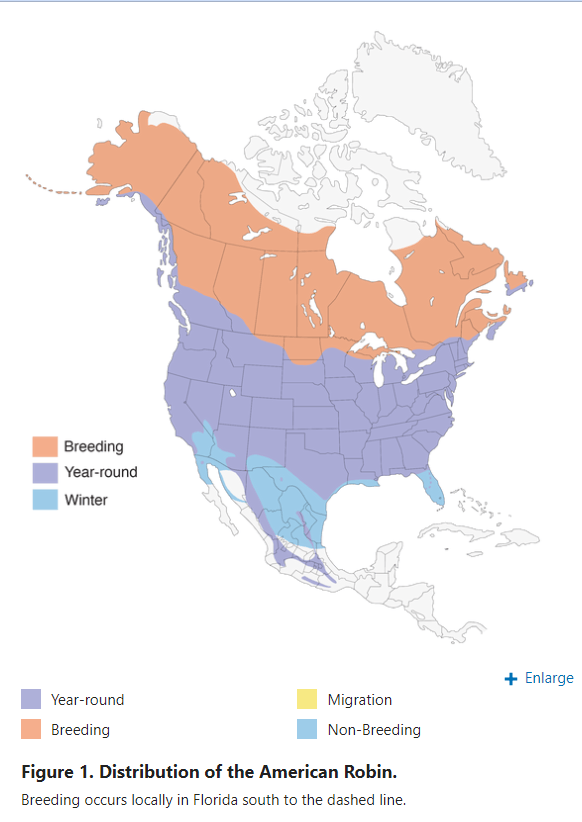
The net result is that there are American Robin present in most of the United States throughout the year. However, the bird in your backyard may not be the same individual all year round.
Habitat
While we are familiar with seeing American Robin in parks and gardens, looking for food on short grass, it can also be found in other environments. It is also adaptable and lives in open woodlands, riparian areas and pastureland.

Diet
The main foods taken by the American Robin are invertebrates and fruit. When searching for invertebrates the robin will adopt the familiar position on the ground with a cocked head. It does this to wait for earthworms to become visible and then it pounces on them. It will also probe the ground as it looks for food. On foliage, the American Robin will again use its bill to search leaves for bugs. In winter, they will consume more seasonal and native fruits.
Breeding
The American Robin nests in suitable trees that provide shelter and a secure base for the nest. They begin laying eggs from early April until late July. Incubation is generally for 2 weeks and the chicks will fledge after another 2 weeks.

Once the chicks have fledged and left the nest, they will stay with the parents for around 3 more weeks, during which they are fed and learn how to gather food themselves. Even after the parents leave on migration, the young birds remain on site for several more months.
Territorial Behavior
The American Robin are generally quite sociable, although we generally see them alone. They will gather in loose flocks particularly in winter where they will work together to defend a feeding area.
When mating
Once a pair of American Robins are bonded and ready to mate, the male become territorial of the female. They will be defensive to any other male who shows interest in his mate. This behavior consists of a number of movements:
- jumping
- wing flapping
- chest fluffing
- crouching and tail lifting
- charging
A lot of the territorial behavior of these robins is quite subtle. When establishing their nesting territory, they may show their intent with song and displaying. Male birds may charge each other and then ‘push’ rather than fight to establish dominance.
According to the Cornell Laboratory of Ornithology, territorial aggression actually decreases if the population density increases.

When feeding
American Robins will actively defend themselves against other robins wanting to steal their food. The behavior includes:
- sharp sounds
- jumping
- charging
American Robin are not shy about invaded another’s territory. Studies have shown that in winter birds will enter another’s area and quickly eat as much fruit as possible before fleeing.
However, if the American Robin is challenged for food by another species (especially an aggressive species like the European Starling), they will drop their food and fly away.
When being hunted
The American Robin is hunted by a number of species including hawks, jays, snakes and kestrel. When under threat, the first reaction of the American Robin is an alarm call. They may also take an aggressive stance with drooping wings towards the intruder. Parents will mob any bird or animal that threatens the nest or their chicks.
If the alarm call and stance does not work, the robins are likely to fly away. However, if their chicks are being threatened they will defend them and use their bill to strike.
Conclusion
While the American Robin can and will defend itself from territorial invaders, predators and other robins, we can see that it is not a particularly aggressive bird. All birds will defend their mates, nests, chicks and food sources. The American Robin is not particularly aggressive in its manner.
So, we can rest easy knowing that our delightful garden visitor is a gentle and friendly little bird that will only show any aggression when it needs to.
FAQ
The European Robin is an Old World Flycatcher and is a small rotund bird with a bright orangey red breast. The American Robin was so named because of its superficial similarity in appearance to the European Robin. They are totally distinct species belonging to different genera. See the photo of the European Robin below.
No, they mate for the season. Mates are chosen on the basis of their quality of their plumage.
Because they have looked up the question and got the answers that relate to the European Robin, which is very territorial.
